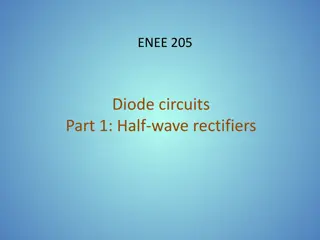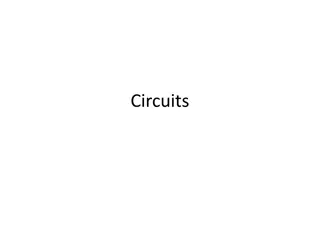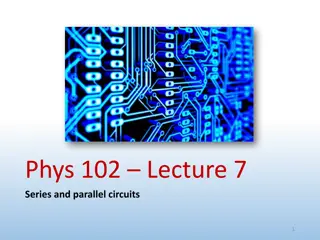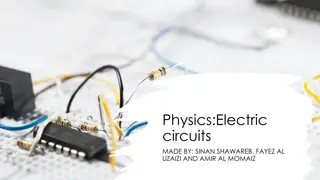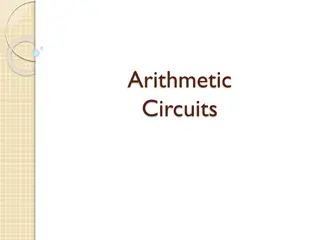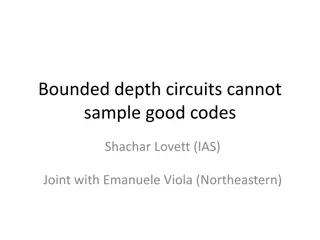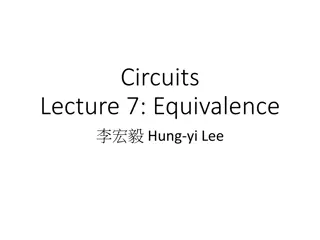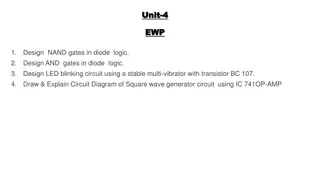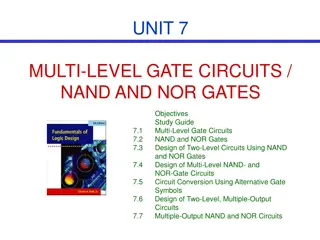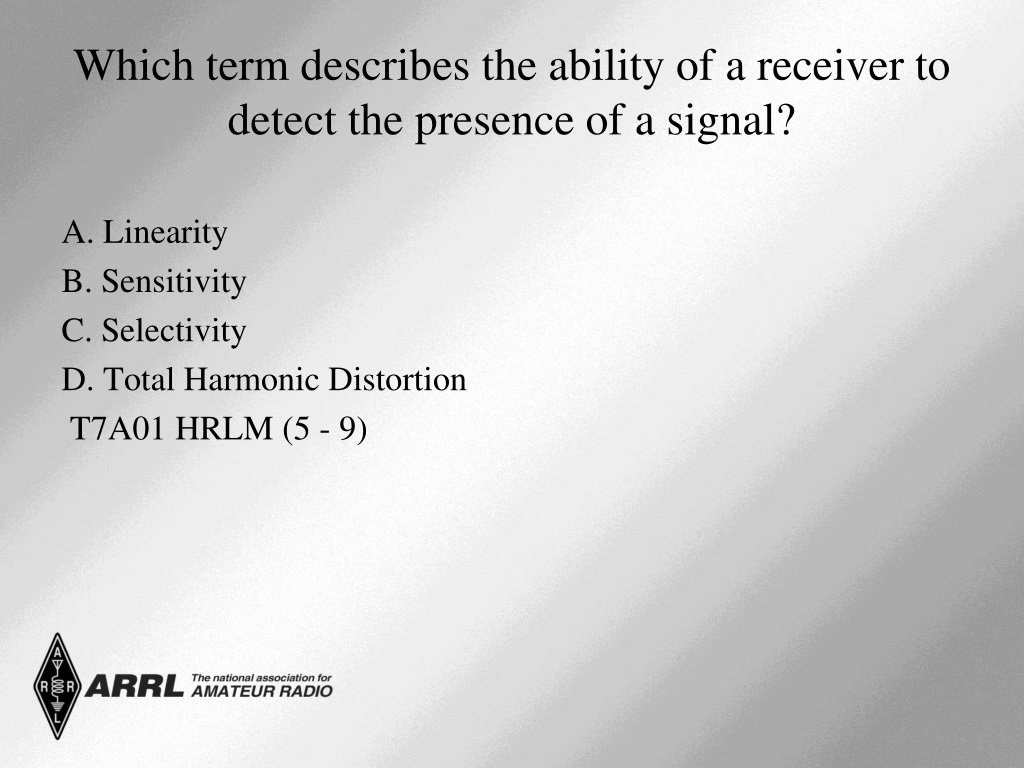
Receiver Signal Processing Essentials
Explore key concepts in receiver signal processing, including sensitivity, transceivers, signal frequency conversion, and signal discrimination capabilities.
Download Presentation

Please find below an Image/Link to download the presentation.
The content on the website is provided AS IS for your information and personal use only. It may not be sold, licensed, or shared on other websites without obtaining consent from the author. If you encounter any issues during the download, it is possible that the publisher has removed the file from their server.
You are allowed to download the files provided on this website for personal or commercial use, subject to the condition that they are used lawfully. All files are the property of their respective owners.
The content on the website is provided AS IS for your information and personal use only. It may not be sold, licensed, or shared on other websites without obtaining consent from the author.
E N D
Presentation Transcript
Which term describes the ability of a receiver to detect the presence of a signal? A. Linearity B. Sensitivity C. Selectivity D. Total Harmonic Distortion T7A01 HRLM (5 - 9)
Which term describes the ability of a receiver to detect the presence of a signal? A. Linearity B. Sensitivity C. Selectivity D. Total Harmonic Distortion (B) T7A01 HRLM (5 - 9)
What is a transceiver? A. A device that combines a receiver and transmitter B. A device for matching feed line impedance to 50 ohms C. A device for automatically sending and decoding Morse code D. A device for converting receiver and transmitter frequencies to another band T7A02 HRLM (2 - 7)
What is a transceiver? A. A device that combines a receiver and transmitter B. A device for matching feed line impedance to 50 ohms C. A device for automatically sending and decoding Morse code D. A device for converting receiver and transmitter frequencies to another band (A) T7A02 HRLM (2 - 7)
Which of the following is used to convert a signal from one frequency to another? A. Phase splitter B. Mixer C. Inverter D. Amplifier T7A03 HRLM (3 - 18)
Which of the following is used to convert a signal from one frequency to another? A. Phase splitter B. Mixer C. Inverter D. Amplifier (B) T7A03 HRLM (3 - 18)
Which term describes the ability of a receiver to discriminate between multiple signals? A. Discrimination ratio B. Sensitivity C. Selectivity D. Harmonic distortion T7A04 HRLM (5 - 9)
Which term describes the ability of a receiver to discriminate between multiple signals? A. Discrimination ratio B. Sensitivity C. Selectivity D. Harmonic distortion (C) T7A04 HRLM (5 - 9)
What is the name of a circuit that generates a signal at a specific frequency? A. Reactance modulator B. Product detector C. Low-pass filter D. Oscillator T7A05 HRLM (3 - 17)
What is the name of a circuit that generates a signal at a specific frequency? A. Reactance modulator B. Product detector C. Low-pass filter D. Oscillator (D) T7A05 HRLM (3 - 17)
What device converts the RF input and output of a transceiver to another band? A. High-pass filter B. Low-pass filter C. Transverter D. Phase converter T7A06 HRLM (5 - 11)
What device converts the RF input and output of a transceiver to another band? A. High-pass filter B. Low-pass filter C. Transverter D. Phase converter (C) T7A06 HRLM (5 - 11)
What is the function of a transceivers PTT input? A. Input for a key used to send CW B. Switches transceiver from receive to transmit when grounded C. Provides a transmit tuning tone when grounded D. Input for a preamplifier tuning tone T7A07 HRLM (5 - 7)
What is the function of a transceivers PTT input? A. Input for a key used to send CW B. Switches transceiver from receive to transmit when grounded C. Provides a transmit tuning tone when grounded D. Input for a preamplifier tuning tone (B) T7A07 HRLM (5 - 7)
Which of the following describes combining speech with an RF carrier signal? A. Impedance matching B. Oscillation C. Modulation D. Low-pass filtering T7A08 HRLM (3 - 17)
Which of the following describes combining speech with an RF carrier signal? A. Impedance matching B. Oscillation C. Modulation D. Low-pass filtering (C) T7A08 HRLM (3 - 17)
What is the function of the SSB/CW-FM switch on a VHF power amplifier? A. Change the mode of the transmitted signal B. Set the amplifier for proper operation in the selected mode C. Change the frequency range of the amplifier to operate in the proper portion of the band D. Reduce the received signal noise T7A09 HRLM (5 - 10)
What is the function of the SSB/CW-FM switch on a VHF power amplifier? A. Change the mode of the transmitted signal B. Set the amplifier for proper operation in the selected mode C. Change the frequency range of the amplifier to operate in the proper portion of the band D. Reduce the received signal noise (B) T7A09 HRLM (5 - 10)
What device increases the low-power output from a transceiver? A. A voltage divider B. An RF power amplifier C. An impedance network D. All of these choices are correct T7A10 HRLM (5 - 10)
What device increases the low-power output from a transceiver? A. A voltage divider B. An RF power amplifier C. An impedance network D. All of these choices are correct (B) T7A10 HRLM (5 - 10)
Where is an RF preamplifier installed? A. Between the antenna and receiver B. At the output of the transmitter's power amplifier C. Between a transmitter and antenna tuner D. At the receiver's audio output T7A11 HRLM (5 - 9)
Where is an RF preamplifier installed? A. Between the antenna and receiver B. At the output of the transmitter's power amplifier C. Between a transmitter and antenna tuner D. At the receiver's audio output (A) T7A11 HRLM (5 - 9)








